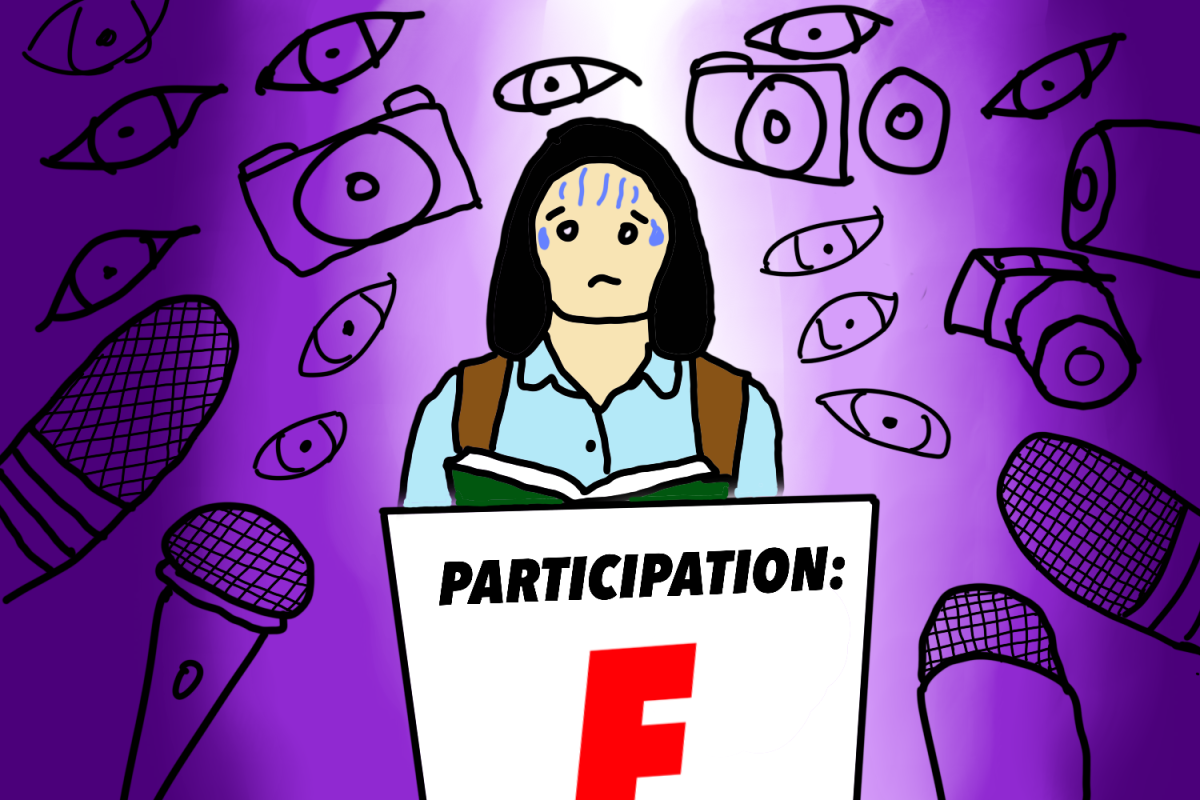As President Trump continues to implement new changes in office, some of the most prominent are the policies regarding immigration. On Jan. 21, the Department of Homeland Security (DHS) announced that Immigration and Customs Enforcement (ICE) is now allowed into schools, churches, workplaces, and other “sensitive locations” on President Trump’s orders.
There are three branches of ICE: Homeland Security Investigations (HSI), Enforcement and Removal Operations (ERO), and Office of the Principal Legal Advisor (OPLA). In 2011, a policy declared that ICE agents would not be allowed into sensitive locations such as schools, churches, hospitals, and funerals. However, as of right now, ICE has legally been granted access to all sensitive locations listed in the 2011 policy.
Two Sides of the Argument
DHS has stated that “Criminals will no longer be able to hide in America’s schools and churches to avoid arrest.”
DHS, as well as supporters of the removal of this policy, argue that allowing ICE to go into schools and other sensitive locations will enable ICE to do their job properly. They believe that there is a possibility of criminals hiding out in schools, but there has been no known history of criminal immigrants trying to shelter in schools.
Supporters of this repeal also claim that allowing ICE access into schools is to prevent risks to schools and children, but the reality of the situation is that it does the opposite—it creates an environment of fear and uncertainty. There are around 133,000 undocumented children in California public schools alone, and a large number of parents are said to be scared to send their children to school, fearing the invasion of ICE in schools during the day. Children have also been reported having anxiety about the possibility of them or their parents being detained or deported. According to the National Library of Medicine, 75% of foreign-born Hispanic kids report worrying some or all the time that someone they know will be deported, a constant feeling of dread hovering over them.
Supporting Students
When talking to Mr. Gerry Wang, a teacher here at Arcadia High School (AHS) and the Department Chair of Social Sciences, he said, “The school is perfectly willing to offer mental health and support services via the Wellness Center guaranteed, and counselors are ready to be someone to talk to for anyone who might be feeling this here if needed. Students who are feeling uneasy or distracted by it, and feel it impacting their mental health or grades, are definitely welcome to talk with the counselors.”
Effect on Students
For many students and parents there has been a major loss in the sense of safety schools hold since the repeal. Traditionally, schools are safe places for students to learn and grow. But with the new possibility of ICE entering schools, there is a loss of trust that students feel with schools. If students and parents are scared of ICE raids or enforcement actions in schools, students may refrain from coming to school or even attempt to drop out. In fact, there has been a drop in attendance associated with ICE access into schools, something that can affect the long-term education of many students who will not be able to get the education they deserve due to fear of ICE. It can also impact their future opportunities as they have a lower chance of academic success if they are absent from school. It is clear that the repeal of this policy isn’t protecting children, it’s putting them and their futures at risk and can lead to trauma that no child should have to go through, undocumented or not.
With all students affected by the possible intrusion of ICE into schools, something to consider is the possibility of open divisions among students being created in the school place as immigrant students are “othered” or treated differently because of the new risks that they pose. This could lead to tensions, altercations, and a hostile environment that could disrupt the sense of belonging and safety for students.
Red Cards
With an overwhelming number of children and parents scared, LAUSD and other schools have even been handing out ‘red cards’ to students who have asked for them. Red cards are used to help people—citizens and noncitizens alike—assert their rights, defend themselves, and know what to do if ICE attempts to enter their home. They come in a variety of different languages for everyone to give to ICE agents if needed, the back with instructions in one’s chosen language and the front in English, with the rights and protections that individuals have under the U.S. Constitution.
The fact that schools have to take the time to prepare schools, staff, and students for this is bad enough, with time being taken away from other important school-related issues. As the problem of ICE access into school continues, resources may be diverted towards dealing with the issue as schools struggle to plan to keep their communities feeling safe and welcome.
At AHS, they have yet to implement the distribution of red cards.
“LAUSD gave red cards out to anybody that wanted them, but I don’t think we feel comfortable passing them out because we don’t want anybody to feel called out by receiving those cards,” said Mr. Peter Vo, assistant principal. “I’m afraid that if somebody was to actually receive the card, they would feel worried that now somebody knows that ‘I’m undocumented,’ and we don’t have any of that knowledge. So we haven’t done anything in that way.”
Notices to Staff
School districts like the Los Angeles Unified School District (LAUSD), Santa Ana Unified School District, and even Chicago and New York school districts have sent out notices to staff and parents, announcing that they will not be allowing ICE into schools without a warrant. Many schools are training staff on what to do if ICE attempts to come into schools without a warrant, as well as how to handle scared students and parents. The Los Angeles School Police Department has also stated that they will not comply or help ICE regarding any immigration compliance checks, enforcement, or any ICE related actions in LAUSD schools.
While ICE is not legally able to enter schools without proper documentation, if they do have the proper documentation, they are able to openly enter schools. Unfortunately, this is the case with all schools.
How AUSD is Dealing with This
As of right now, there has been no formal stance taken by the Arcadia Unified School District (AUSD) or AHS regarding ICE in schools. No training, no announcements, no messages.
Despite this, Mr. Vo did have some information.
“ICE being a federal organization, and us being a public school, we follow all the guidelines, but if any of these departments try to come in, they have to have the proper documentation. All of our front office administration has had training where they know they have to provide us with the appropriate paperwork, otherwise they aren’t able to enter.”
Both Mr. Wang and Mr. Vo stated that the lack of information for AHS staff regarding the possibility of ICE in schools can be attributed to the fact that we don’t have a big undocumented immigrant population that we are aware of.
“We want our campus to be a safe place of learning. We want it to be a refuge and a sanctuary for people to escape from all the horrors of the real world, and so we will not allow ICE agents into our classrooms if we can,” said Mr. Wang. “If something does happen, AUSD would definitely react and deal with it, but as of right now ICE is more of a threat, not a urgent problem at AHS. The priority of this district is always student happiness, so they’re going to do whatever it takes to keep students safe and secure over here, free from fear.”
Schools are supposed to be a place of learning, not a place of hostility. As of right now, the new removal of the policy is more of a threat than anything, but by now allowing the possibility of ICE agents into schools, the primary mission of education is undermined. With focus being shifted away from learning, an environment of fear and distraction is being created for staff and students everywhere. With the mental health, safety, and education of students being disrupted by the possibility of ICE into schools, it is clear that ICE should not be allowed into schools.







